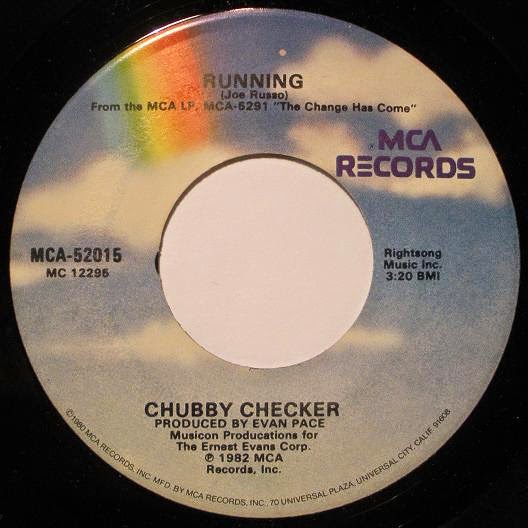It was an ordinary Sunday night in Chicago in late November of 1987. Folks were unwinding to enjoy their evening in front of the TV and all was going according to plan.
Some people had the WGN-TV 9:00pm newscast on. But during the sports segment, the WGN-TV signal was suddenly interrupted by a strange signal. Someone in a Max Headroom mask with a new sheet of corrugated steel rocking behind him, mimicking one of the video effects of the Max Headroom show had appeared on the video carrier. But the signal had no audio.
Quick thinking engineers at WGN knew exactly what the problem was. Somebody was hijacking their microwave studio-transmitter link (STL) signal, which relays a wireless signal from the TV studio to their transmitter, which sends the signal out for public broadcast on the Hancock Building in downtown Chicago. They quickly changed their STL signal frequency which eliminated the interference.
However on the viewer end, there was nothing they could do. Fussing around with the antenna or fine tuning their TVs did nothing because their reception was actually just fine. It was WGN-TV's own microwave uplink signal that was being taken over. Their reception of WGN-TV's broadcast signal itself wasn't the problem. But all reception, whether by antenna or cable was affected by it, as cable subscribers received the final stage feed - the same that was going out over the air.
Needless to say, it was a surprise to viewers. Who thought someone was messing with their TVs or someone at WGN-TV was goofing off. But not nearly as surprised as the WGN engineers. This was not supposed to happen. At all.
First, it's very hard to get this kind of equipment. STLs aren't sold at Radio Shack or even your most sophisticated consumer electronics supplier. They are strictly for broadcasters. Only professional broadcasting engineers can get them and specifically for the TV and radio stations they work for.
Second, they produce signals at very high frequencies far out of the range of consumer level electronic goods. And the STL signal frequencies are unknown to the general public. Only professional broadcasting engineers know them. So the person doing this must either have either been an a disgruntled engineer or have had high level training in broadcast TV engineering.
It didn't end there.
Two hours later, the Max Headroom pirate was back. This time during an episode of Dr. Who on public TV station WTTW (Ch. 11). This time there was barely discernible audio.
WTTW engineers however were completely taken by surprise and the pirate transmission on WTTW lasted for 90 seconds.
However not before the Max Headroom character went on a bizarre rant, which ended with the person in the Max Headroom mask bent over and exposed his butt, which was spanked by someone in a maid outfit before the pirate signal cut out on it's own and the WTTW signal returned. WTTW also transmitted from the Sears Tower, rather than the Hancock building like WGN-TV, which only added to the confusion amongst local broadcasting engineers.
However, this isn't the first time something like this happened. A year and a half earlier in April of 1986, a disgruntled satellite dealer named John MacDougall hijacked an HBO satellite feed for the East Coast with a static message over a colour bar test pattern with no audio.
MacDougall was moonlighting at a satellite uplink facility in Ocala, Florida, giving him access to transmitting satellite dishes. He was protesting HBO's decision to scramble their C-Band satellite feeds, requiring satellite viewers to pay for expensive descrambler boxes and a monthly subscription fee, which outraged thousands of satellite TV viewers who spent several thousand dollars on their C-Band satellite dish systems to avoid paying for pay TV services.
MacDougall paid a $5,000 fine and was placed on a year of probation. He still sells satellite TV equipment.
Both stories made international headlines. And made broadcast engineers far more vigilant in protecting their uplink signals, satellite or STL (which both are digital and far more sophisticated today than anything they were in the 1980s.)
The Max Headroom hijacker however never attempted another broadcast intrusion. And to this day has never been caught.











